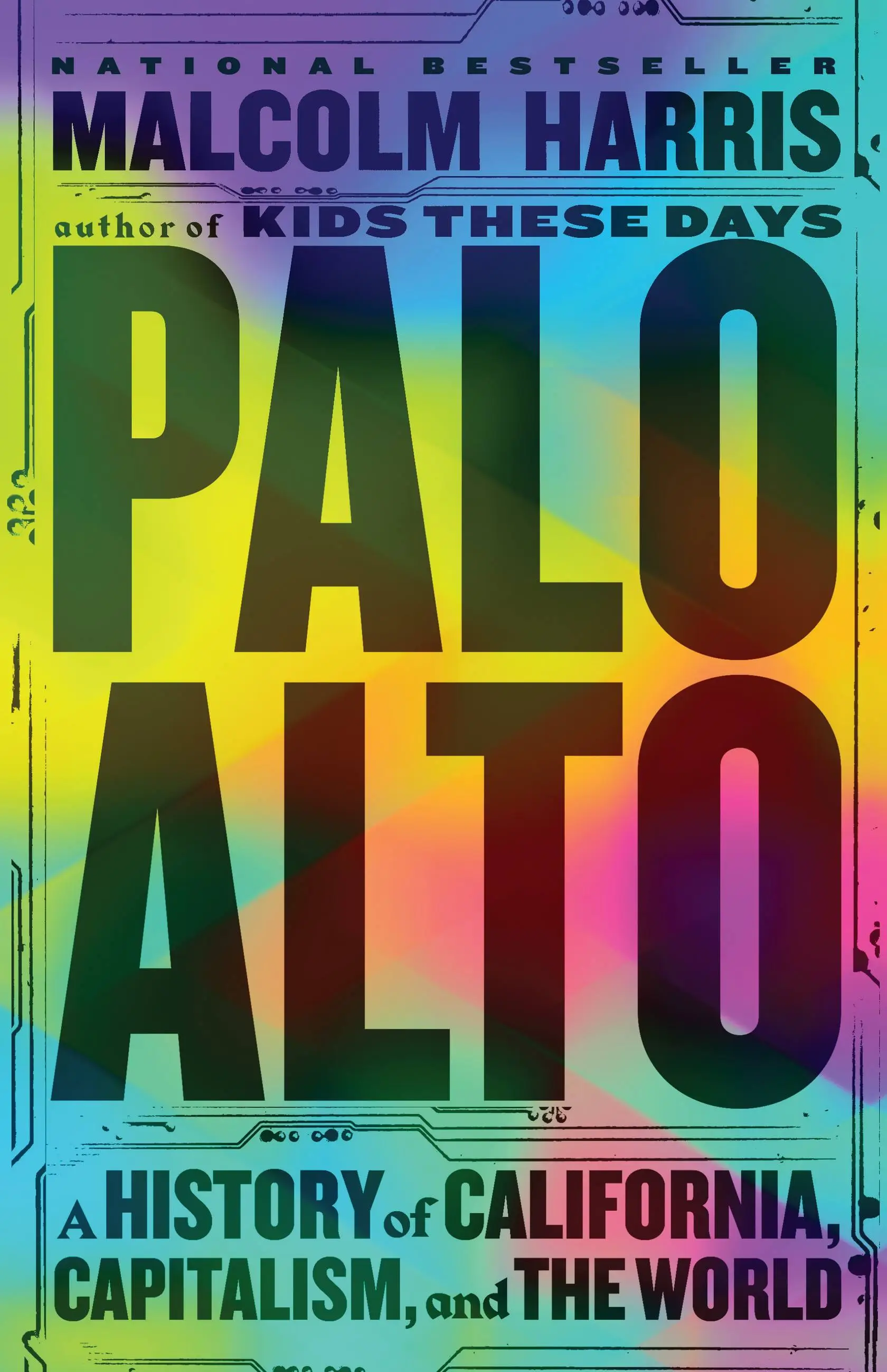EH: As you write, “The Gold Rush had started, finished, and transitioned the state to a new economic foundation.” Can you explain, in plain terms, what that “economic foundation” was?
MH: Well, capitalism! If you think about the 19th century and the proletarianization of the world that’s going on at that time, then this period is one of global transition to a new system of organization. Now, there are well-developed debates about when capitalism actually started, but the question of when did capitalism succeed as a global system is not very broad. That’s pretty clear, and that happens with the incorporation of California, China, Australia, Japan, and the connection of this, say, belt, across the world, largely with the incorporation of California. This arrangement not only transitioned California, but it also transitioned the world into what was a univocal system of organization and production. And, with California, we also see the development of not just the agribusiness but of banking—Bank of America specifically—that surrounds the agribusiness, and with them just the ludicrous amount of world capital that flows into the area. I was shocked when I read the figures; I think it was around $1 trillion from Europe going into railroad securities. Those figures make all that tech-bubble stuff look like—
EH: Child’s play?
MH: That, yes, but more of a continuation, really.
EH: You claim that whiteness was the “core organizing principle” of California. Could you detail for us how that played out in terms of the cycle of exploitation and then expulsion of the state’s early, nonwhite labor forces?
MH: Whiteness is still figuring itself out. White people were still figuring out the bounds of whiteness during this period, and California became the real headquarters for that project, because there are immigrants coming from so many places. The question becomes: Are Southern Italians going to be considered white? Are Syrians going to be considered white? What are Indians going to be considered? Are Japanese people going to be considered white? These deliberations are especially playing out in the agricultural labor sector, since that was the main channel for immigration to California. If you review the jurisprudence about white racial formation—like, there are actual Supreme Court cases about whether or not the Indians or the Japanese count as white—a lot of these cases emerge from California, which is not at all a melting pot, and it really shows how segregation is going to keep playing out in the United States.
